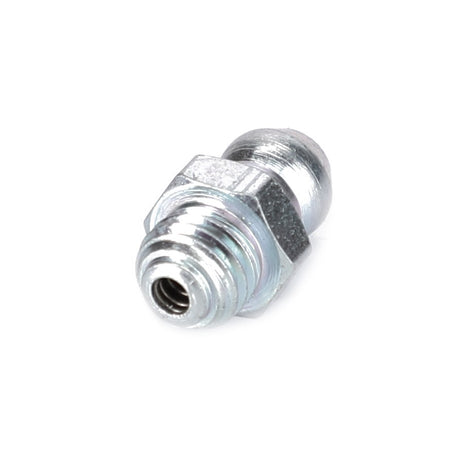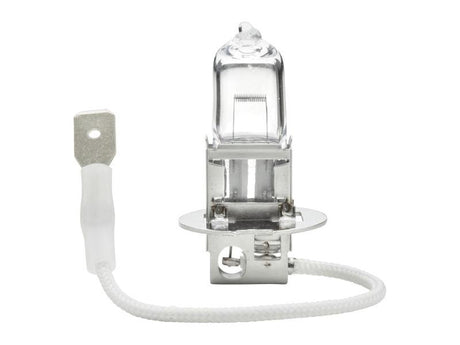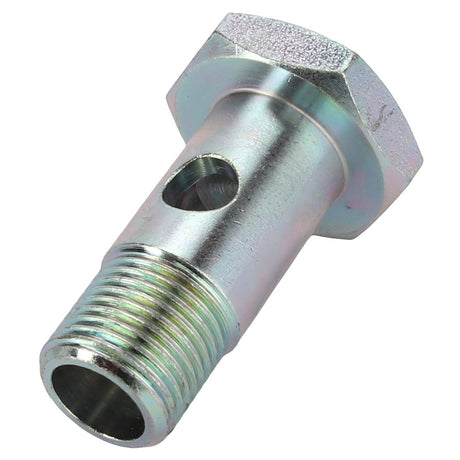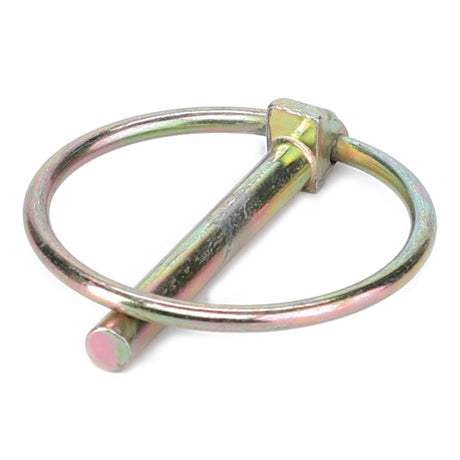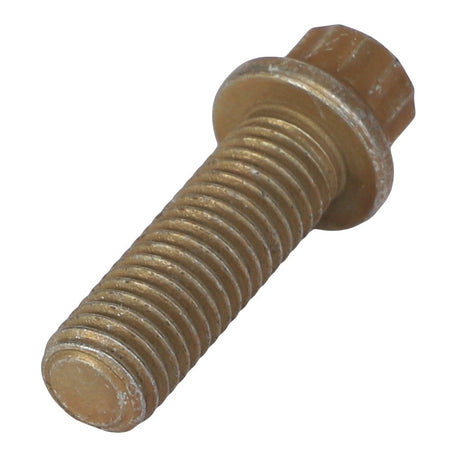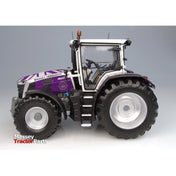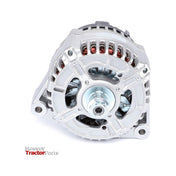Timing belts and chains are critical components of the Massey Ferguson 390 tractor's engine, playing a vital role in synchronizing the movement of the engine’s camshaft and crankshaft. Proper maintenance and timely replacement of these components are essential for optimal engine performance and longevity. In this comprehensive guide, we’ll explore everything you need to know about Massey Ferguson 390 timing belts and chains, including their functions, common issues, maintenance tips, and replacement procedures.
1. Understanding Timing Belts and Chains in the Massey Ferguson 390
A. Function of Timing Belts and Chains:
-
Synchronization: Timing belts and chains ensure that the camshaft and crankshaft rotate in sync. This synchronization is crucial for maintaining proper engine timing and ensuring that the engine's valves open and close at the correct intervals.
-
Precision: Accurate timing of the engine's valves and pistons is essential for optimal combustion, engine performance, and fuel efficiency.
-
Types: The Massey Ferguson 390 may use either a timing belt or a timing chain, depending on the engine configuration. Timing belts are typically made of reinforced rubber, while timing chains are metal chains with links.
B. Importance of Proper Timing Belt and Chain Function:
-
Engine Performance: Properly functioning timing belts and chains contribute to smooth engine operation, consistent power delivery, and efficient fuel combustion.
-
Engine Longevity: Timely replacement of worn or damaged belts and chains helps prevent engine damage and extends the life of engine components.
-
Prevention of Damage: A malfunctioning timing belt or chain can lead to engine misalignment, valve and piston damage, and even complete engine failure.
2. Common Issues with Timing Belts and Chains
A. Wear and Tear:
-
Symptoms: Signs of wear include cracking, fraying, or stretching of the timing belt, and excessive noise or slippage in timing chains.
-
Cause: Natural wear and tear over time, exposure to high temperatures, and lack of maintenance can lead to degradation of timing belts and chains.
B. Timing Belt Failure:
-
Symptoms: Engine misfires, rough idling, and loss of power can indicate timing belt failure. In severe cases, the engine may fail to start.
-
Cause: Timing belt failure can be caused by excessive wear, tensioner failure, or contamination from oil leaks.
C. Timing Chain Issues:
-
Symptoms: Noise from the engine, such as rattling or slapping sounds, can be a sign of timing chain issues.
-
Cause: Timing chain problems may result from chain stretch, worn sprockets, or a failing tensioner.
3. Maintenance and Replacement Tips
A. Regular Inspections:
-
Frequency: Inspect timing belts and chains regularly as part of routine engine maintenance. Check for signs of wear, damage, or misalignment.
-
Method: Look for cracks, fraying, or stretching in timing belts and listen for unusual noises in timing chains. Use diagnostic tools to assess timing and alignment.
B. Replacement Schedule:
-
Timing Belt: Replace the timing belt according to the manufacturer's recommended interval, usually every 60,000 to 100,000 miles, or as specified in the tractor's service manual.
-
Timing Chain: Timing chains generally have a longer lifespan but should be inspected periodically for wear. Replace the chain if you notice significant stretching or damage.
C. Professional Installation:
-
Quality Parts: Use genuine OEM or high-quality aftermarket timing belts and chains to ensure proper fit and performance.
-
Professional Service: Have timing belts and chains replaced by a qualified mechanic to ensure correct installation and avoid potential engine damage.
D. Maintenance Practices:
-
Follow Recommendations: Adhere to the manufacturer’s maintenance schedule and recommendations for timing belt and chain replacement.
-
Address Issues Promptly: Replace worn or damaged timing belts and chains promptly to prevent engine damage and maintain optimal performance.
4. Where to Find Quality Timing Belts and Chains
A. Farmingparts.com
-
Extensive Selection: Browse our comprehensive range of high-quality timing belts and chains for the Massey Ferguson 390 at Farmingparts.com. We offer both OEM and performance options to meet your needs.
-
Expert Advice: Receive expert guidance on selecting the right timing belt or chain for your tractor and get professional support for installation and maintenance.
-
Convenient Ordering: Enjoy easy online ordering with fast shipping options to get your parts quickly and efficiently.
Maintaining the timing belts and chains in your Massey Ferguson 390 is crucial for ensuring engine performance, reliability, and longevity. By understanding their role, recognizing signs of wear, and following proper maintenance and replacement practices, you can keep your tractor running smoothly. For top-quality timing belts and chains and expert support, visit Farmingparts.com and find everything you need to enhance your Massey Ferguson 390.
Ready to replace or upgrade your Massey Ferguson 390 timing belts and chains? Visit Farmingparts.com today to explore our selection of genuine OEM and high-quality parts. Get expert advice and ensure your tractor performs at its best with the right components.


